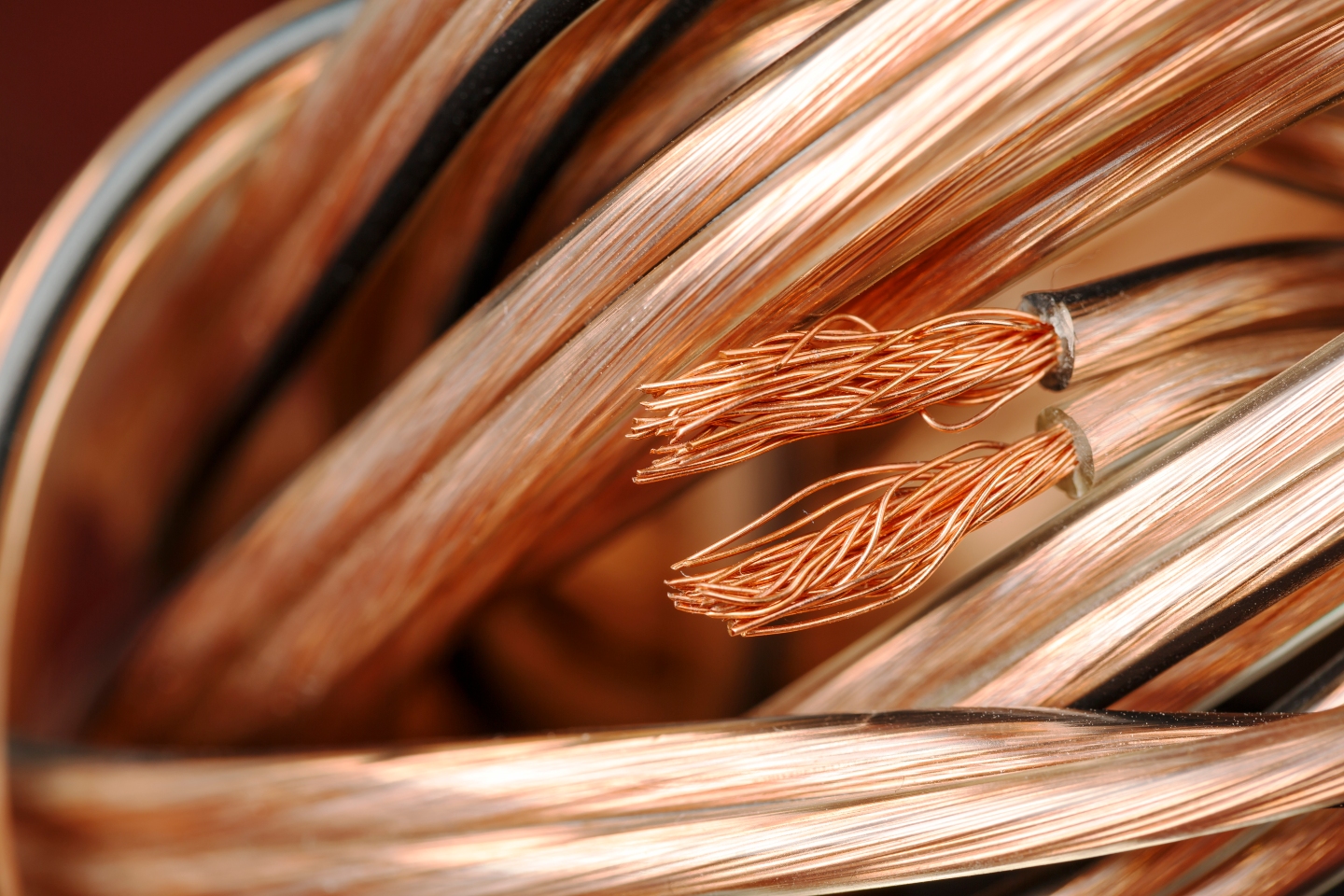PolarX has pumped up the mineral resource estimate at its Caribou Dome project in Alaska by 160 per cent to 7.2 million tonnes going 3.1 per cent copper and 6.5 grams per tonne silver after a successful drilling campaign. Management says the contained metal at the project now sits at 224,375 tonnes of copper and 1.5 million ounces of silver.


PolarX has pumped up the mineral resource estimate at its Caribou Dome project in Alaska by 160 per cent to 7.2 million tonnes going 3.1 per cent copper and 6.5 grams per tonne silver after a successful drilling campaign.
Management, hailing its new numbers as a “game-changing advance”, says the contained metal at the project now sits at 224,375 tonnes of copper and 1.5 million ounces of silver. The new figures represent the first time the silver resource has been calculated.
The company now holds 11.2 million tonnes containing 269,000 tonnes of copper, 213,000 ounces of gold and 3.131 million ounces of silver across its Caribou Dome project and nearby Zackly deposit.
Next cab off the rank for PolarX will be a freshly-launched and updated scoping study across both projects as it looks to assess the concept of processing mineralisation from the duo at a central location. It hopes the scoping study will send its numbers northward again, given both projects remain open in all directions and are endowed with alluring extensional drill targets.
PolarX Limited managing director Dr. Jason Berton said: “The new Mineral Resource estimate at Caribou Dome is a very exciting milestone for PolarX as the company progresses its Alaskan assets from exploration to mine development. This is a game-changing advance which again shows Alaska Range has project scale with huge scope to keep growing resource inventory.”
According to an earlier study, the Alaskan venture could generate a massive $1.16 billion in revenue over a mine life of 6.5 years and an average annual free cash flow of $53 million. It also boasts a pre-tax internal rate of return of 26 per cent and a pre-tax net present value of $103 million.
The operation would require a pre-production capital cost of $158 million and a C1 cash cost of $2.7 per pound produced, with a payback period of 2.25 years.
The company’s previous scoping study was based on a 2017 mineral resource estimate at Caribou Dome, an updated 2018 resource for Zackly and new metallurgical testwork results for both deposits. The deposits combine for 6.8 million tonnes of ore grading 2.5 per cent copper equivalent for 131,000 tonnes of copper and 213,000 ounces of contained gold.
PolarX says its project’s economics are responsive to the price of copper and its recovery rates. Notably, its new study will also adjust the price assumptions of both commodities, although they are currently much closer to the higher assumptions of the past study.
Prices of US$9000 (AU$13,333) per tonne of copper and US$1800 (AU$2666) per ounce of gold were used in the first study, while current prices are US$8265 (AU$12,243) and US$1958 (AU$2900), respectively.
With a rapidly-expanding resource and a fresh scoping study to sharpen things up, PolarX appears well-placed to take its Alaskan project into the next stratosphere.
Is your ASX-listed company doing something interesting? Contact: matt.birney@businessnews.com.au













